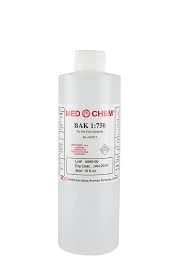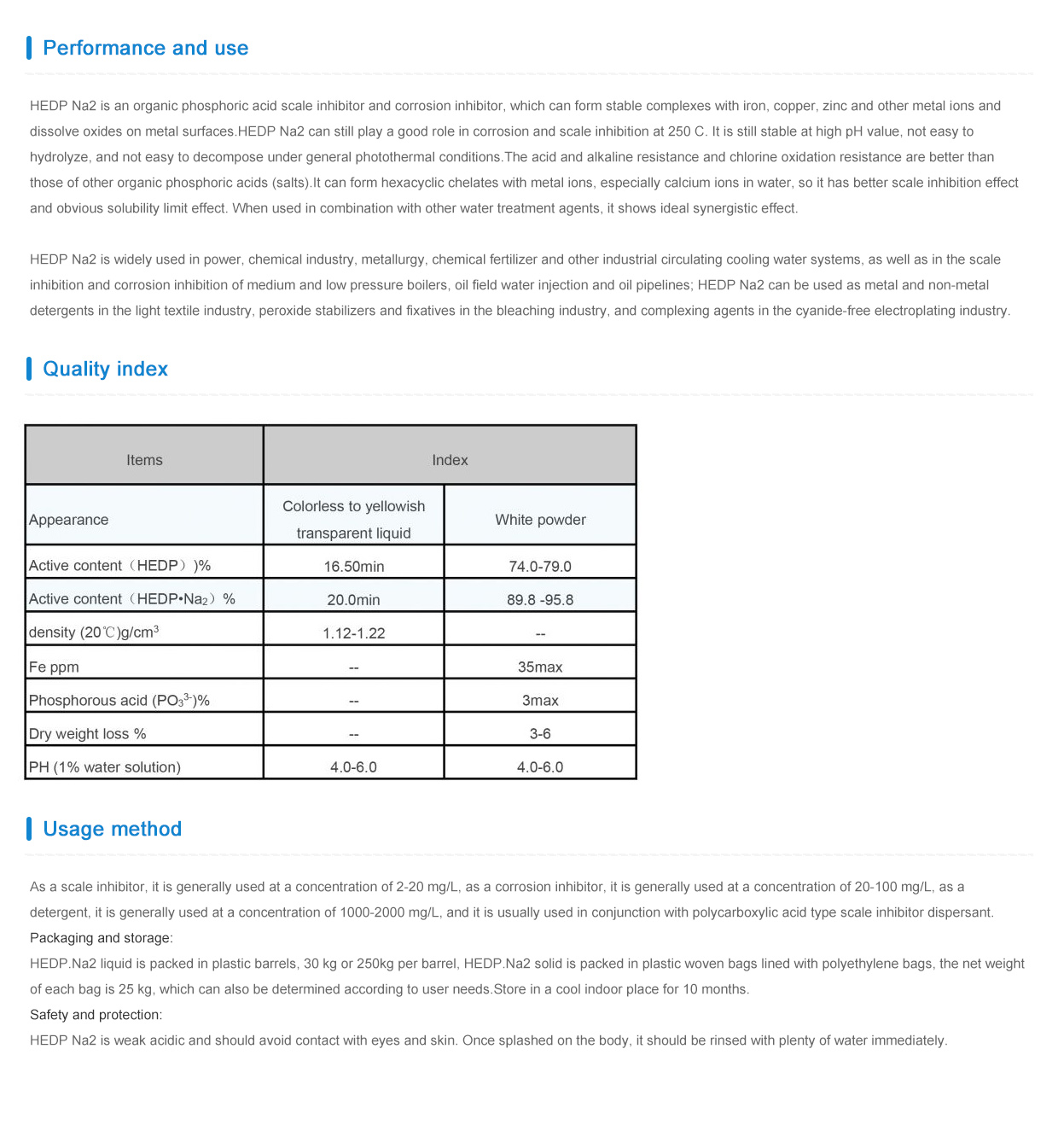2 月 . 07, 2025 04:55
Back to list
Ethylene Diamine Tetra (Methylene Phosphonic Acid)EDTMPA(Solid)
Water treatment is an essential process for ensuring clean and safe water for various uses, including drinking, industrial applications, and wastewater management. One crucial aspect of water treatment is the use of flocculants, which play a significant role in the removal of suspended particles from water. This article delves into the different types of flocculants employed in water treatment, offering insights based on industry expertise, practical experience, and scientific authority to guide you in selecting the most appropriate flocculant for your specific needs.
- Guar Gum Extracted from guar beans, it is appreciated for its efficiency in low-turbidity water and in certain industrial applications like the food industry. Its flocculation capabilities are reliant on its high molecular weight, making it suitable for mild water contamination scenarios. - Chitosan A biopolymer derived from chitin, chitosan not only offers efficient flocculation but also possesses antimicrobial properties, adding an extra layer of water safety. Ideal for treating aquaculture wastewater or food processing water where biodegradability is a priority. 4. Hybrid and Advanced Flocculants These are developed to combine the benefits of both organic and inorganic flocculants, or to respond to specific water treatment challenges. - Composite Flocculants These are engineered by embedding inorganic particles into organic polymer matrices, resulting in enhanced floc formation and pollutant removal. They are at the forefront of current research, addressing multiple contaminants simultaneously. - Smart Flocculants Utilizing advancements in nanotechnology and responsive polymer science, smart flocculants adjust their properties in response to changes in environmental conditions, offering precise control over the flocculation process. Selecting the right type of flocculant requires understanding the specific demands of your water treatment process. For example, municipal drinking water facilities might prioritize inorganic flocculants like alum for cost-effectiveness and reliability. In contrast, industries focusing on sustainability might lean towards organic or biodegradable options. In conclusion, the diversity of flocculants available today enables tailored water treatment solutions that balance cost, efficiency, and environmental impact. Leveraging our expertise and industry advancements, decision-makers can align their flocculant choice with operational goals and regulatory requirements, ensuring optimal water quality outcomes. For further guidance, consulting with water treatment specialists can provide valuable insight into the most suitable flocculant choice.


- Guar Gum Extracted from guar beans, it is appreciated for its efficiency in low-turbidity water and in certain industrial applications like the food industry. Its flocculation capabilities are reliant on its high molecular weight, making it suitable for mild water contamination scenarios. - Chitosan A biopolymer derived from chitin, chitosan not only offers efficient flocculation but also possesses antimicrobial properties, adding an extra layer of water safety. Ideal for treating aquaculture wastewater or food processing water where biodegradability is a priority. 4. Hybrid and Advanced Flocculants These are developed to combine the benefits of both organic and inorganic flocculants, or to respond to specific water treatment challenges. - Composite Flocculants These are engineered by embedding inorganic particles into organic polymer matrices, resulting in enhanced floc formation and pollutant removal. They are at the forefront of current research, addressing multiple contaminants simultaneously. - Smart Flocculants Utilizing advancements in nanotechnology and responsive polymer science, smart flocculants adjust their properties in response to changes in environmental conditions, offering precise control over the flocculation process. Selecting the right type of flocculant requires understanding the specific demands of your water treatment process. For example, municipal drinking water facilities might prioritize inorganic flocculants like alum for cost-effectiveness and reliability. In contrast, industries focusing on sustainability might lean towards organic or biodegradable options. In conclusion, the diversity of flocculants available today enables tailored water treatment solutions that balance cost, efficiency, and environmental impact. Leveraging our expertise and industry advancements, decision-makers can align their flocculant choice with operational goals and regulatory requirements, ensuring optimal water quality outcomes. For further guidance, consulting with water treatment specialists can provide valuable insight into the most suitable flocculant choice.
Share
Latest news
-
The Ultimate Guide to Flocculants: Transforming Water TreatmentNewsNov.01,2024
-
Improve Your Water Treatment Solutions with PolyacrylamideNewsNov.01,2024
-
Enhance Your Water TreatmentNewsNov.01,2024
-
Empower You to Achieve the Highest Standards of Water QualityNewsNov.01,2024
-
Effective Scale InhibitorsNewsNov.01,2024
-
Discover the Power of Poly Aluminum Chloride in Water TreatmentNewsNov.01,2024





